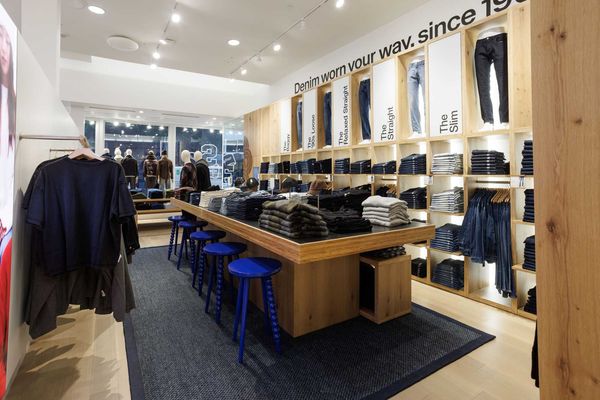It's been almost a year and a half since Apple launched the iPad, and to date it's sold some 29 million units of the device.
Competitors like Samsung, HP, Motorola and RIM have tried but failed to come up with tablets that could challenge the iPad's success, but now there's apparently a new kid about to join the fray.
And that would be Amazon.
Although we won't know for sure until Wednesday, when the Seattle-based retailer has scheduled a press conference, word has leaked out that Amazon's tablet is a color version of its Kindle e-reader, that operates like the iPad by touch, and with a smaller screen (seven inches as opposed to ten).
That we know, or think we know, all of these details prior to the company's formal announcement is significant if only because, outside of Apple, Amazon is one of the most secretive technology product companies around.
But the process of developing such a significant product simply involves too many people inside and outside of the company for it to stay under wraps for long.
What is great news for the rest of us is that Amazon's tablet is expected to carry a much lower price tag, perhaps around $250, or half of what an iPad currently goes for.
One reason the company can afford this, again according to the various analysts and bloggers who are pre-reporting Amazon's news, is that its tablet is built on the open source Android operating system.
TechCunch reports that the device will be called "Kindle Fire."
The e-reader Kindles were introduced late in 2007, and over that time their price has fallen from $399 to $114. Earlier this year, we reported that the price of a basic Kindle might fall to zero by the holidays, although that would be only for customers who sign up "Amazon Prime" which costs $79 a year, and provides free two-day shipping on everything they buy from Amazon.
Meanwhile, the emergence of the iPad is transforming the way media content is displayed and consumed every bit as much as websites did back in the 90s.
All of the user interface elements – from navigation to color to icons to taxonomy to multimedia and interactive components – have to be rethought for tablets, and the prevalence of touch as opposed to keystrokes as the guiding principle is energizing designers everywhere.
Apple, of course, has long been the leading innovator in product design elegance, and it's unlikely at launch that Amazon's tablet will be able to trump the iPad in that regard, but by building its version on the Android OS, Amazon should attract a huge community of open-source developers who may help close that gap in the coming years.
Until now, Kindles have only been available with a black-and-white text display. Barnes & Noble released a color version of its Nook e-reader that has proved popular both with consumers and magazine executives, who see tablets as much better suited to their graphic-rich content than websites or e-readering devices like the traditional Kindle.
There is also a new and somewhat mysterious device from Kobo, called the Kobo Vox that is described as an "e-reader tablet," according to various reports.




















